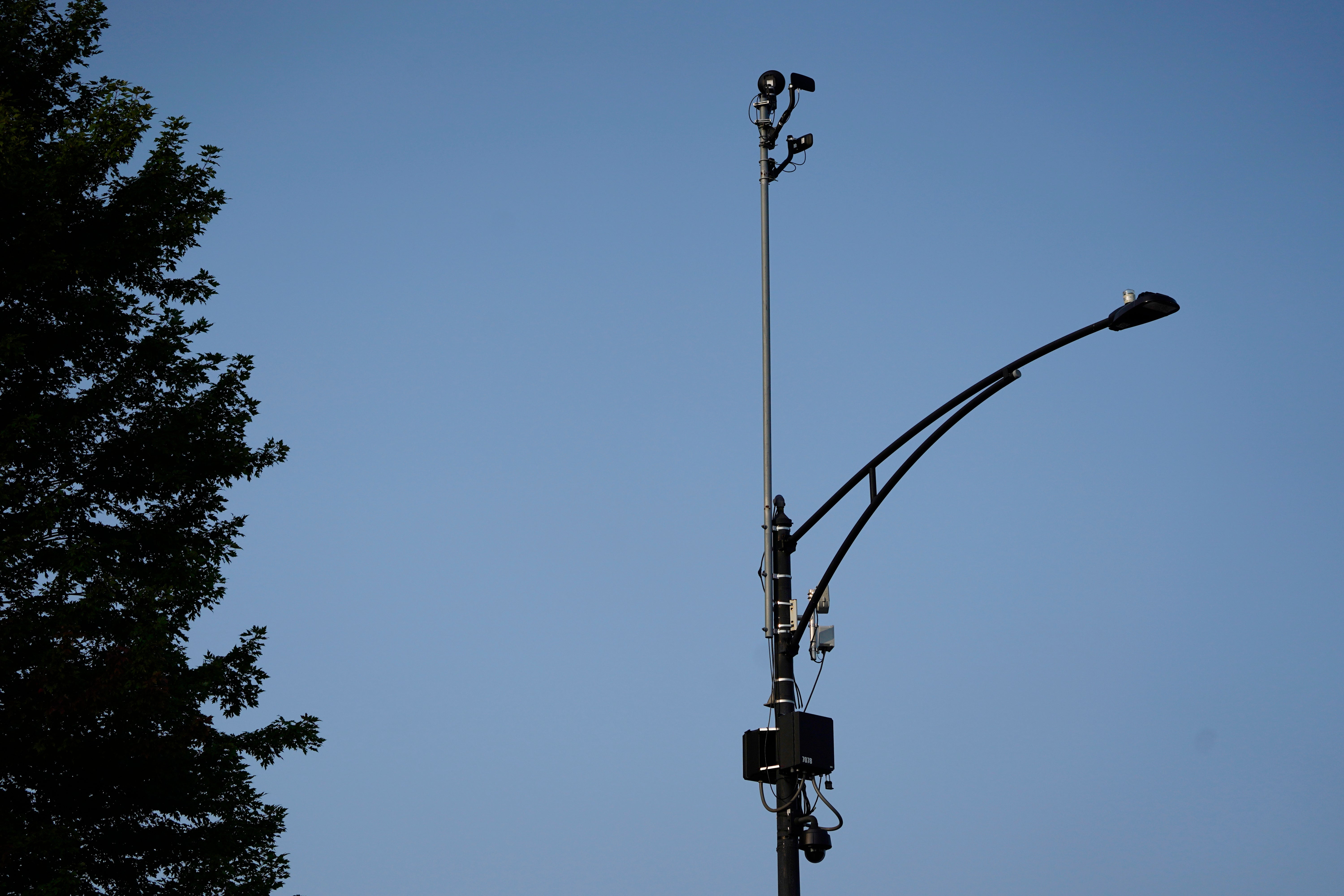4 Takeaways: AP investigates gunshot detection technology
Michael Williams, a 65-year-old grandfather from Chicago, sat behind bars for nearly a year accused of murder

Your support helps us to tell the story
From reproductive rights to climate change to Big Tech, The Independent is on the ground when the story is developing. Whether it's investigating the financials of Elon Musk's pro-Trump PAC or producing our latest documentary, 'The A Word', which shines a light on the American women fighting for reproductive rights, we know how important it is to parse out the facts from the messaging.
At such a critical moment in US history, we need reporters on the ground. Your donation allows us to keep sending journalists to speak to both sides of the story.
The Independent is trusted by Americans across the entire political spectrum. And unlike many other quality news outlets, we choose not to lock Americans out of our reporting and analysis with paywalls. We believe quality journalism should be available to everyone, paid for by those who can afford it.
Your support makes all the difference.Look up at street lights and rooftops in some of America’s poorest neighborhoods today and you might spot what looks like a small box or dish. These are ShotSpotter recording devices, acoustic sensors paired with algorithms designed to identify gunshots and get the police on the scene more quickly.
But as the American criminal justice system outsources some of society’s weightiest decisions to algorithms and computer code, AP identified a number of serious flaws in one of the country’s most popular police technologies: Shotspotter acoustic gunshot detection. Prosecutors are increasingly relying on evidence produced by Shotspotter to bolster criminal cases. But that evidence has not held up in some courtrooms.
___
This story, supported by the Pulitzer Center for Crisis Reporting, is part of an ongoing Associated Press series, “Tracked,” that investigates the power and consequences of decisions driven by algorithms on people’s everyday lives.
___
Key takeaways:
— The company’s methods for identifying gunshots aren’t guided solely by technology. ShotSpotter employees listen to every potential gunshot the sensors detect, and then either confirm the technology's conclusion or change the source of sounds to fireworks, gunshot or other loud bangs, introducing the possibility of human bias into the algorithm.
— This gunshot alert tool that works well to hasten police responses is increasingly being used to create what’s touted as definitive courtroom evidence that can be used to charge and convict defendants. It’s been used some 200 times in American courtrooms since 2010, with 91 of those in the past four years.
— ShotSpotter claims it helps “save lives, solve cases and deter crime - making communities safer,” but peer-reviewed academic studies find the technology didn’t reduce gun violence in the long-term or increase community safety. CEO Ralph Clark, when pressed, told AP that “ShotSpotter in and by itself can’t prevent and reduce gun violence. What it does do is a very good job at detecting, locating and alerting incidents of gunfire in a very reliable fashion.”
— Defense attorneys are pushing back against ShotSpotter’s claim of scientifically solid evidence. They say that accused people are missing their constitutional right to confront all witnesses and evidence because ShotSpotter refuses to reveal its algorithm, saying its code is a trade secret. As a result, defense attorneys fear someone could be convicted of a crime they didn’t commit using ShotSpotter as evidence.